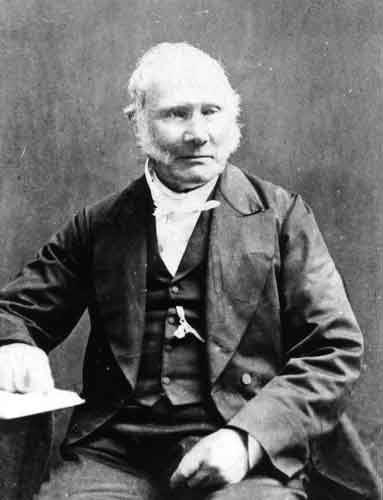Stirling Engines
Of the three variations of the Stirling
Engines, we will look at the Beta version today. An animation
of the Beta Stirling Engine is displayed at the top of the
page. The Beta has a simple and elegant structure with only
one cylinder that houses two pistons. These pistons attach and
drive the crankshaft and flywheel, requiring only a source of
heat and a cooler medium to function in.
Backstory:
The Stirling Engine was designed by
Reverend Robert Stirling. Growing up he was introduced to
machinery design by his father, he continued to pursue it
throughout his life. However, he studied divinity at Edinburgh
and Glasgow, being ordained a Minister of the Church of
Scotland in 1816. He would remain a practicing Reverend until
his death in 1878.

Courtesy
of The University of Edinburg
Robert Stirling's life was in large part
dedicated to the Church of Scotland, but he is best known for
his creation of and improvements upon the Stirling Engine.
Since his death his engine has been modified and improved
upon, seen use in all kinds of industrial equipment, and
during the mid 20th century it even was experimentally
installed in vehicles, a joint effort of NASA and the DOE.
All variations of the Stirling Engine are known for their
efficiency, but due to the simplicity of its design it is not
a suitable engine for transportation or other purposes that
involve acceleration. Because of this, the Stirling engine
fell out of popularity, but over time it has resurfaced
several times due to its simple design and efficient cycle.
To read more about the Stirling Engines' design and various
components, click here.